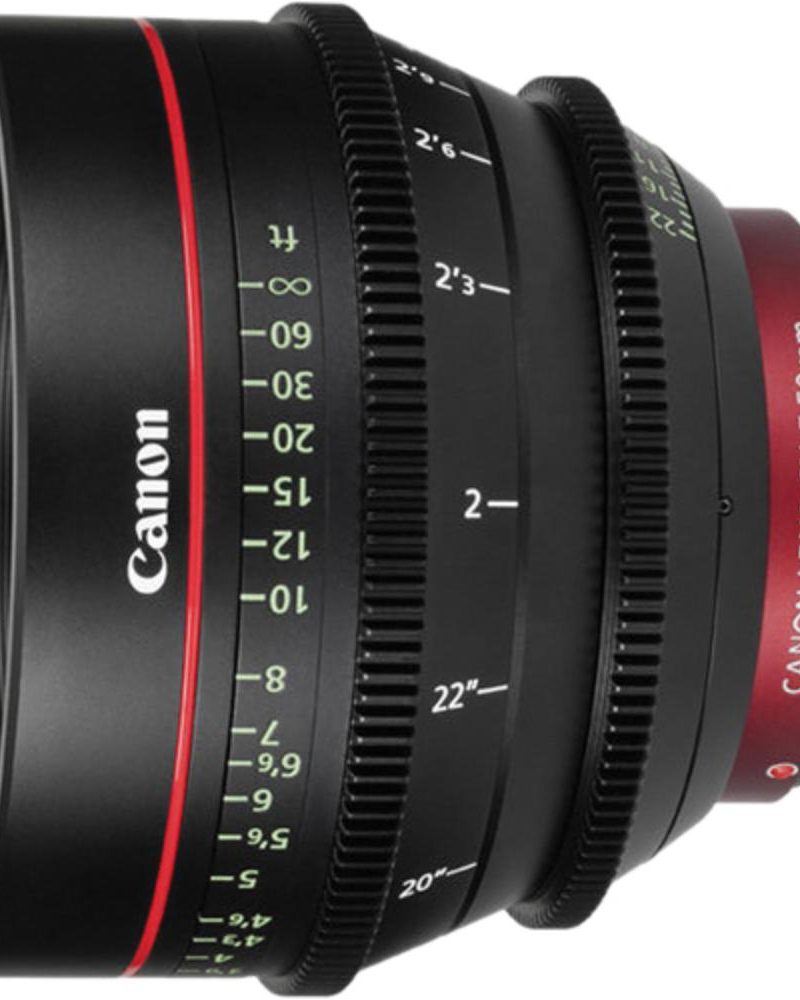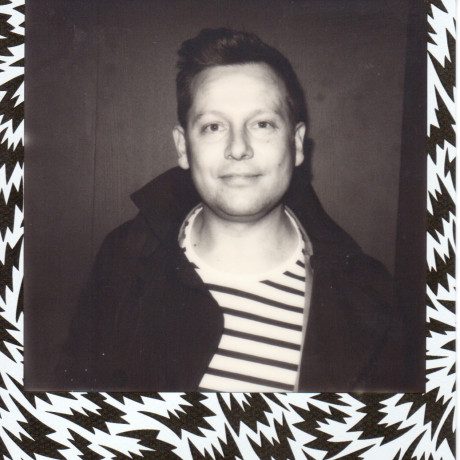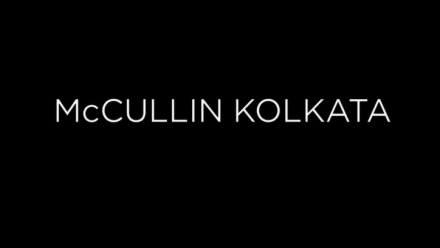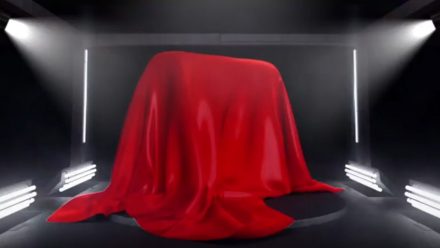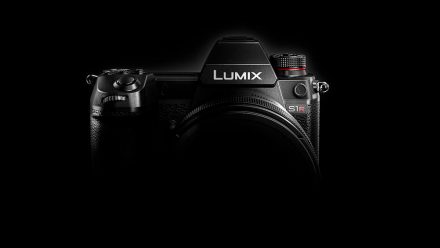The Canon 5D MARK IV: Road-Test with Phil Grabsky On The Set of ‘Cézanne – Portraits of a Life’
The Canon 5D has been widely known as the ‘go-to’ camera for DSLR filmmaking; predominantly since the arrival of the Mark II in September 2008. It’s a camera that’s synonymous with filmmaking as much as [still] photography and served as a catalyst tool for a burgeoning community of independent filmmakers at a time when web-based distribution had become more simple and effective than ever before.
In this piece, filmmaker, cinematographer and PhotoBite contributor, Phil Grabsky lays hands on the latest incarnation of Canon’s 5D, the Mark IV, along with the Canon CN-E 50mm T1.3 cine lens, on the set of his latest film, Cézanne – Portraits of a Life, to see just how good the latest model really is
Words by Phil Grabsky
I met someone yesterday who is making a film about the Bolex camera.
She imagined that I would never have heard of it, but in fact, the clockwork Bolex was my first ever film camera [back in 1984] and I used it to make my first ever film, which I then, somewhat remarkably, sold to ITV.
Since then, barely a year goes by without a change of camera. Film cameras like the Éclair, Aaton, Arriflex, then on to video and disc cameras using Beta SP, Digibeta, HDV, Digital8, XDCAM and who knows what else. My world of documentary film-making was transformed with a small, [almost non-broadcast] camera called the Sony PD150 that had quickly followed from Sony’s first MiniDC camera, the DCR-VX1000, which arrived in 1995. I shot a cinema film using the PD150 in 2002 and blew it up to 35mm for distribution. It was life-changing.
![EOS Cézanne – Phil Grabsky filming Monique Faillard at Mont Saint-Victoire ® EXHIBITION ON SCREEN [David Bickerstaff]](https://photobite.uk/wp-content/uploads/2017/10/EOS-Ce%CC%81zanne-Phil-Grabsky-filming-Monique-Faillard-at-Mont-Saint-Victoire-%C2%AE-EXHIBITION-ON-SCREEN-David-Bickerstaff-1-800x568.jpg)
So where are we now, as we find ourselves working in a world of 4K filmmaking? Believe it or not, I was recently asked if I was filming in 8K yet, by a Japanese broadcaster.
What camera do I use to make my EXHIBITION ON SCREEN cinema films, bearing in mind that these films have to show the world’s greatest art in the greatest detail possible, to around 1500 cinemas across 55 countries? Why too did I want to take a look at a new option for shooting, the Canon EOS 5D Mark IV? To answer the first question, we currently shoot with the EOS C300 Mark II for our films, which captures 4K footage and had a dynamic range of 15 stops and an 8.85 Megapixel super 35mm sensor. It’s quite simply ideal for us.
Broadly speaking these are about £8000 each [without VAT], but it’s nice to have a stills/video camera on set and I currently own a Canon 5D Mark III. Great; about £3000 to buy with 23 Megapixels, and in a tight spot, it’s very useful for filming.
The 5D Mark III is an easy camera to have with you all the time. I’ll be honest: I wasn’t looking to change or upgrade, but then I tried the Canon 5D Mark IV.
![EOS Cézanne – Interviewing Paul Cézanne’s great-grandson, Philippe Cézanne ® EXHIBITION ON SCREEN [David Bickerstaff]](https://photobite.uk/wp-content/uploads/2017/10/EOS-Ce%CC%81zanne-Interviewing-Paul-Ce%CC%81zannes-great-grandson-Philippe-Ce%CC%81zanne-%C2%AE-EXHIBITION-ON-SCREEN-David-Bickerstaff-800x568.jpg)
Currently, I am making a film about Cézanne entitled, Cézanne – Portraits of a Life and I decided to take the Canon 5D Mark IV with me on a recent shoot in Provence. Let me cut straight to the point: I honestly didn’t want to be tempted to have to buy new equipment, but I was.
Various things have changed, but above all this super camera now offers 4K video for the first time, plus the ability to extract 8.8million pixel JPEGs from the images, [which is very useful for my marketing team].
Wi-fi connectivity is there too for the first time and the latest 5D also comes with a Dual Pixel CMOS AF system and DIGIC 6+ processing engine, which, among other things produces greater noise reduction, and also works with higher readout speeds from the sensor to help with faster shooting in burst mode [than the EOS 5D Mark III]. Extremely useful for people like me.
Two final reasons why I now want to own a Canon 5D Mark IV; firstly, the LCD screen has been vastly improved.
Secondly, the 5D Mark IV’s ability to shoot time-lapse makes it worth the purchase price alone. I got up before dawn one day and trekked up into hills behind Aix, heading for a dam. Trekking with nice, light equipment, was already a bonus and setting the camera up for my first timelapse was simple, [and I do find some camera’s menus simply too dense to bother, so this was really good news for me] and the camera sat snugly on the tripod for the next hour or so.
Being that it’s a smaller camera, there was little danger of a breeze knocking it about, [or indeed me knocking it by accident] or the tripod suddenly giving way. I could clearly follow how many shots had been taken and, when it was all done and I reviewed the footage, it was simply fantastic.
I have now seen the footage on the big screen, where it looks just as good. To be honest, I doubt I would have managed to secure this [or other timelapse footage] had I not had this camera. The technology exists to shoot them of course, but in my case, there’s a real pressure on resources, and that usually prevents it.
Furthermore, use a cine lens like a Canon CN-E 50mm T1.3 with the Canon 5D Mark IV, and be ready to spend the rest of your days out in the countryside filming sunrises and sunsets.
I didn’t set out, or even want to buy a new camera, but I am going to.
The Canon Mark IV is, quite simply, a masterpiece of a DSLR camera.

![EOS Cézanne- Cézanne studio ® EXHIBITION ON SCREEN [David Bickerstaff]](https://photobite.uk/wp-content/uploads/2017/10/EOS-Ce%CC%81zanne-Ce%CC%81zanne-studio-%C2%AE-EXHIBITION-ON-SCREEN-David-Bickerstaff-800x568.jpg)
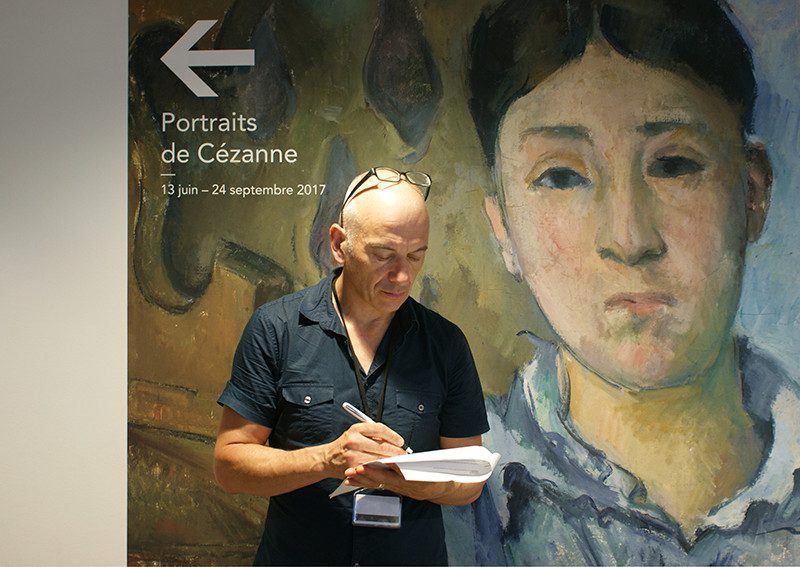
![Filming EOS Cézanne ® EXHIBITION ON SCREEN [David Bickerstaff]](https://photobite.uk/wp-content/uploads/2017/10/Filming-EOS-Ce%CC%81zanne-%C2%AE-EXHIBITION-ON-SCREEN-David-Bickerstaff-800x566.jpg)
